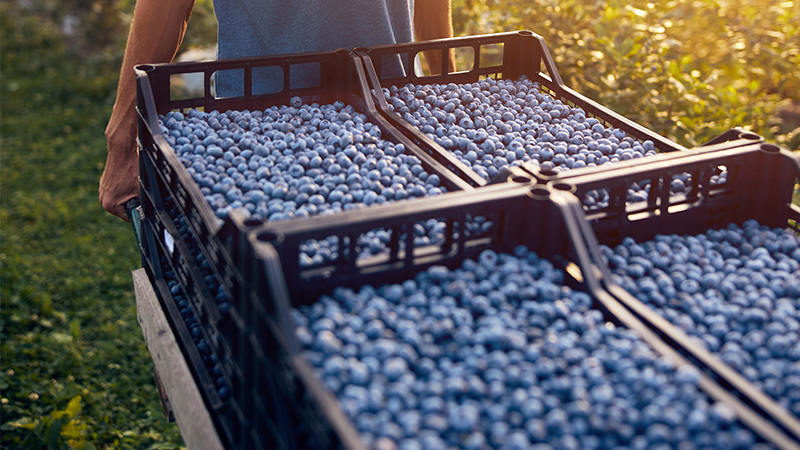New Tool Helps Pistachio Growers Pinpoint Yields
Pistachio growers are well aware of the alternate bearing roller coaster of “on” and “off” years. And while it’s known that even-numbered years are considered “on,” pre-harvest yield estimates are more subjective than data-driven, so yield forecasting is just a big guessing game.
“Currently, pistachio crop yield is primarily estimated by subjective grower interviews and objective field surveys. Such methods present a limited-capacity forecasting approach for the large pistachio industry and are costly and time-consuming,” says Shawn Ashkan, Agriculture Engineer for California State University, Fresno’s Center for Irrigation Technology.
But that’s all changing thanks to a new web-based tool to help pinpoint crop size early in the season developed by Ashkan and Gurreet Brar, Assistant Professor of Pomology at Fresno State University.
A Lot of Data
To narrow their scope, the research team collected and analyzed weather and yield data from the pistachio growing counties in California, which include Fresno, Kern, Kings, Madera, Merced, and Tulare. The research team also tapped into weather stations managed by the California Department of Water Resources in the California Irrigation Management Information System. They also utilized national weather data from Fresno, Bakersfield, Porterville, Lemoore, Hanford, Madera, and Visalia, and also temperature data from the University of California’s Integrated Pest Management Program research networks.
“The crop yield data and information that were used to develop the Pistachio Predictor all came from ‘Kerman’ cultivar,” Ashkan says.
Ashkan says he started to understand the variables that influence dormancy and then yield.
“Air temperature during the winter dormancy is the primary variable in this project,” Ashkan says.
In order to provide the algorithms’ proper predictive behaviors, Ashkan and his research team looked at several models and temperature-derived variables to estimate chilling data – including industry-accepted models such as chilling hours, Utah and dynamic models, and temperature accumulation. Growing degree hours and growing degree days were also examined.
To develop algorithms that became the Pistachio Predictor, Ashkan and his research team used Microsoft Azure Machine Learning to create analytical models to predict future yields.
Information Needed For Use
Growers can access the Pistachio Predictor online at http://pistachio.azurewebsites.net/. Ashkan estimates using the tool should only take about 10 minutes.
Before starting to use the Pistachio Predictor, Ashkan says it is important to know your previous year’s total marketable crop yield. You’ll have to import other information too, but Ashkan says aside from your own yield data, everything else you need to help you run the estimator can be found through UC Davis’s Chill Calculators directly at http://fruitsandnuts.ucdavis.edu/Weather_Services/Chill_Calculators/.
“We want to encourage growers to use the Predictor annually for their crop yield estimation early in the season, preferably by March,” he says.
Assistance Needed
So far, the new tool appears to be a hit with growers.
“Our records indicate that the online Pistachio Predictor has been utilized by various users hundreds of times in the last six months,” Ashkan says.
And while the Pistachio Predictor has been in use for this season, Ashkan says he’s still interested in hearing from you about your experiences using the estimator. He’d like to hear how the data provided by the Predictor compares with your actual yields.
“This data could help validate or modify the algorithms,” he says.
If you’d like to contact Ashkan with suggestions or comments, you can email him at [email protected].










